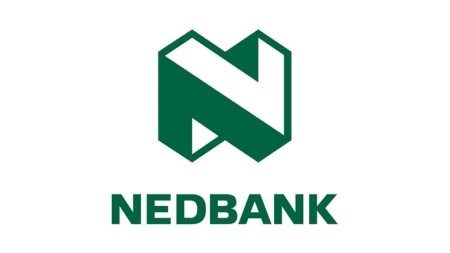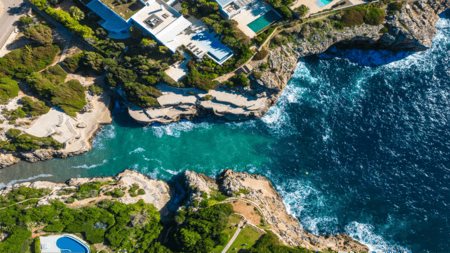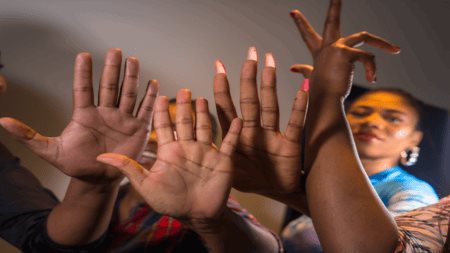My second day in Vienna, the penultimate city I visited on my tour of Europe would prove a cultural and historical feast for the senses. Rising early, I decided to visit Schönbrunn Palace, the imperial summer palace of the Habsburgs and Vienna’s most popular attraction.
A quick subway ride took me to the palace complex which was grand yet overwhelmingly crowded, a fact which shouldn’t have come as a surprise given that over 2.5 million tourists visit the palace every year. I waited in the ticket queue for the better part of two hours only to be informed towards the end of it that if I bought a ticket I’d have to wait until 4.15pm just to tour the palace. I bought a ticket anyway, vowing to pre-book should I ever visit the palace again, and travelled back into town to take a bus tour of the city while I waited.

Schönbrunn Palace
The bus tour proved illuminating and enabled me to see more of Vienna that I would have on foot. The fascinating history of the Habsburgs was of course outlined, a number of monuments and places of importance were pointed out and I learned all manner of facts about ‘modern’ Vienna including the fact that a third of the city was destroyed in WWII, which explained the presence of the numerous comparatively plain, modern buildings I had noticed interspersed amidst the largely baroque suburbs.
Interestingly, Vienna’s residential property market has apparently proved remarkably resilient in the face of Europe’s recession. Indeed, house prices in the inner city have actually doubled over the past decade, a trend which has been attributed to the fact that institutional investors, banks and companies own around 70 percent of Vienna’s residential real estate. Strong demand and a lack of new supply have also propped up the market.
Unsurprisingly, given the nature of the area’s ownership profile, Vienna has one of the highest rental percentages in the world at 77.2 percent. At present, a one bedroom apartment in the city centre sets back tenants an average of 700 euros (around R8000). The price per square meter currently stands at approximately 4000 euros (approximately R46 000). In other words, if you ever want to rent or buy a property in central Vienna, start saving now.
Post bus tour I dined on basil pasta and a delicious piece of apfelstrudel (a Viennese speciality) at a quaint little Viennese café. I then made my way back to the palace which, while still swarming with people was slightly more navigable. I had purchased a Classic Pass which entitled me to a ‘grand tour’ of the palace, entry to the Privy Garden, the Gloriette and the palace maze. Also included at Schönbrunn are the world’s oldest zoo, a palm house, a children’s museum, a carriage museum and a number of other attractions besides.
Schönbrunn in its current form came about in the 18th century when Emperor Leopold I commissioned Bernhard Fischer von Erlach, a gifted baroque architect to design a palatial hunting lodge. The palace was modelled on grand residences such as Versailles and features over 1400 rooms. Only 40 sumptuous, largely rococo style rooms are on display today including the magnificent Millions Room, a rosewood panelled chamber covered from floor to ceiling with rococo cartouches containing priceless Indian and Persian miniature watercolours; the Chinese Cabinet Room; the magnificent Great Gallery (think lavish white and gold stucco walls, crystal mirrors, Bohemian crystal chandeliers and a gorgeous ceiling-wide fresco); the Vieux-Lacque Room and the comparatively simple bedchamber of emperors Maria Theresa and Franz-Stephan.
Blown away by the palace tour, I decided to tackle the walk to the top of Schönbrunn hill which is crested by the magnificent Gloriette, a colonnaded neo-classical monument which now plays host to a charming café and terrace. Suffice to say the view overlooking the palace and formal gardens from the top was worth the hike. Sitting on that beautiful hill overlooking the palace I could not help but appreciate the fact that I had just walked in the footsteps of some of history’s most prominent characters. It’s a memory that will forever stand out for me.

The Gloriette
Later, refreshed and relaxed I made my way back to town down the hill through Schönbrunn’s Schlosspark which in addition to some of the features already mentioned also includes the impressive Neptune Fountain, fake Roman ruins and the Columbary Aviary.
Another quick subway ride brought me to Karlsplatz from which I meandered off along Vienna’s Ringstrasse, the series of boulevards which encircles Vienna’s Innere Stadt or Old Town. Although I had already seen some of what the Ringstrasse had to offer, I was keen to explore the area in greater depth as many of the city’s main attractions are situated along this route.
Walking west I came across the Kunsthistoriches Museum (Museum of Art History) and the Naturhistoriches Museum (Natural History Museum). The two buildings are located directly opposite each other and sport identical exteriors. Both buildings were built between 1872 and 1891 to house and make available to the public the Habsburg’s enormous art and natural history collections. The Kunsthistoriches Museum has been likened to the Louvre and the Hermitage and the Naturhistoriches Museum is cited as one of the most important museums in the world. Unfortunately I didn’t have time to visit either museum, a wrong I shall have to set to rights someday.
A stone’s throw from the museums lies the Hofburg, the former imperial winter palace of the Habsburg’s which today serves as the official residence of the President of Austria. In typical imperial style the Hofburg is immense, ornately decorated and steeped in history. Various wings branch out from the Hofburg which house, amongst other features, the Imperial Library, a chapel, the Imperial Treasury, the famous Vienna Boys Choir and the Spanish Riding School.
Continuing up the western leg of the Ringstrasse, I arrived at the Rathausplatz, an area characterised by the Rathaus (City Hall), the National Theatre, Vienna’s parliament buildings and the University of Vienna, all completed in the 1880’s and all being put to good use today. At this point I’d been on my legs the majority of the day so I caught a quick tram ride back to my B&B for the night.
I spent my last few hours of my stay in Vienna the next day exploring the Hofburg’s Imperial Treasury which proved one of the highlights of my trip. Some of the finest medieval jewellery and European treasures including relics of the Holy Roman Empire, the Habsburg’s crown jewels and the cradle of Napoleon’s son, ‘The King of Rome’ are kept under lock and key at the treasury. I was particularly drawn to the crown jewels. Fashioned out of gold and festooned with pearls, precious stones and beautifully detailed enamels, the crown jewels are absolutely exquisite.

Of course there is much more to be seen in Vienna including a number of parks, churches, restaurants, the Museumsquartier and the Secession - a famous gallery topped with a ‘golden cabbage’. I felt the treasury was a fitting end to my tour of Vienna. The magnificent treasures captured the essence of a fascinating city that, through the ages, has taken full advantage of its prosperity and isn’t afraid to show it.



